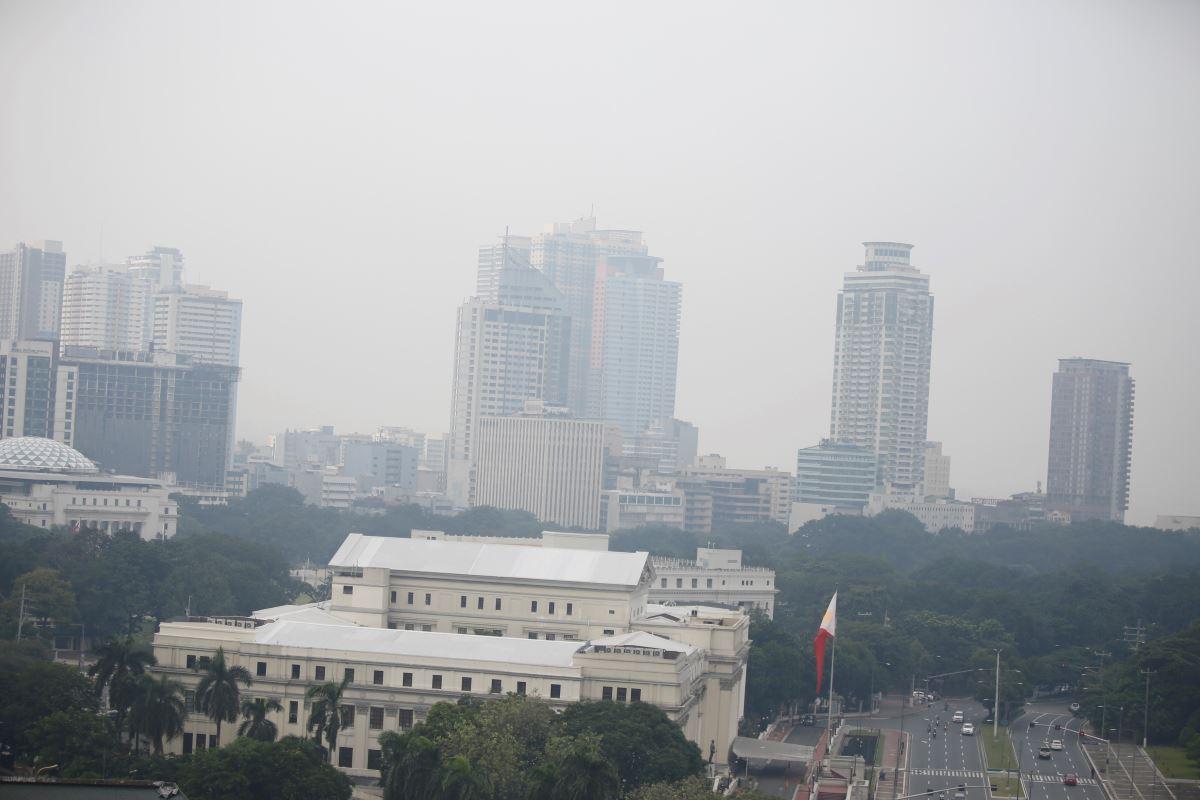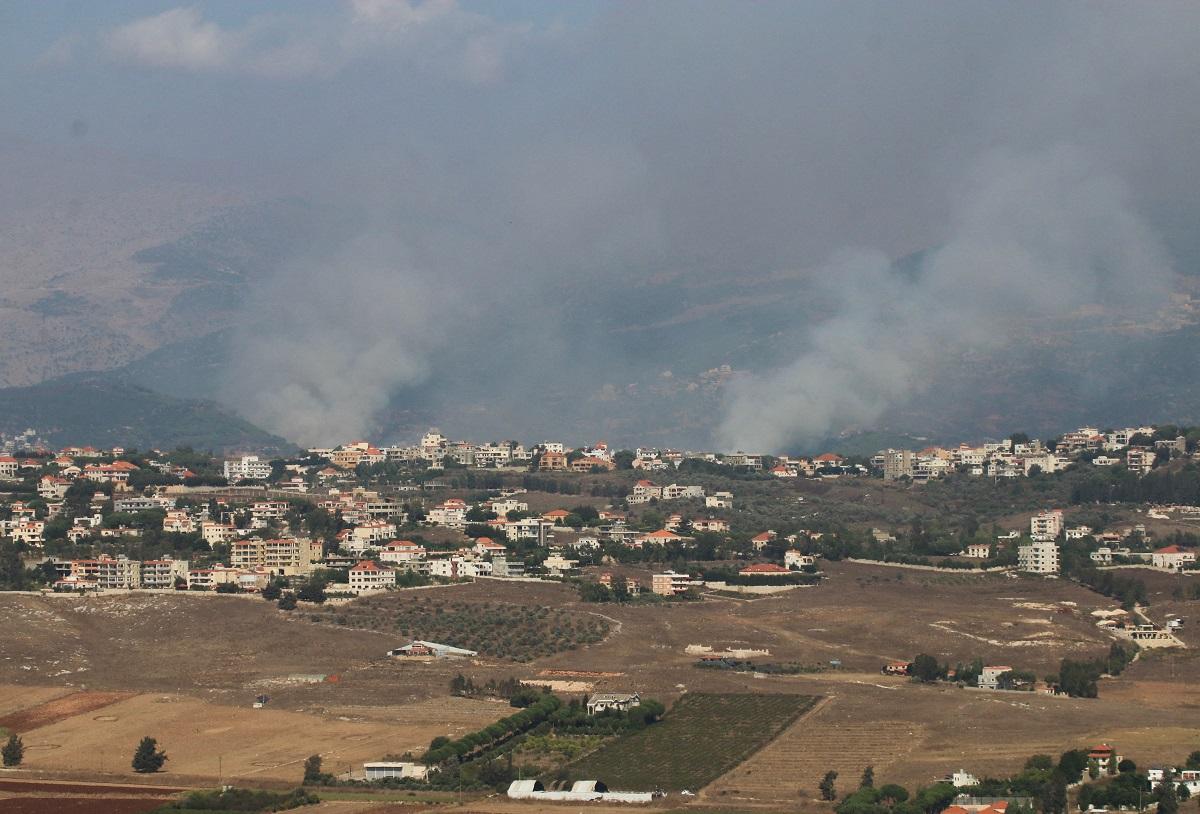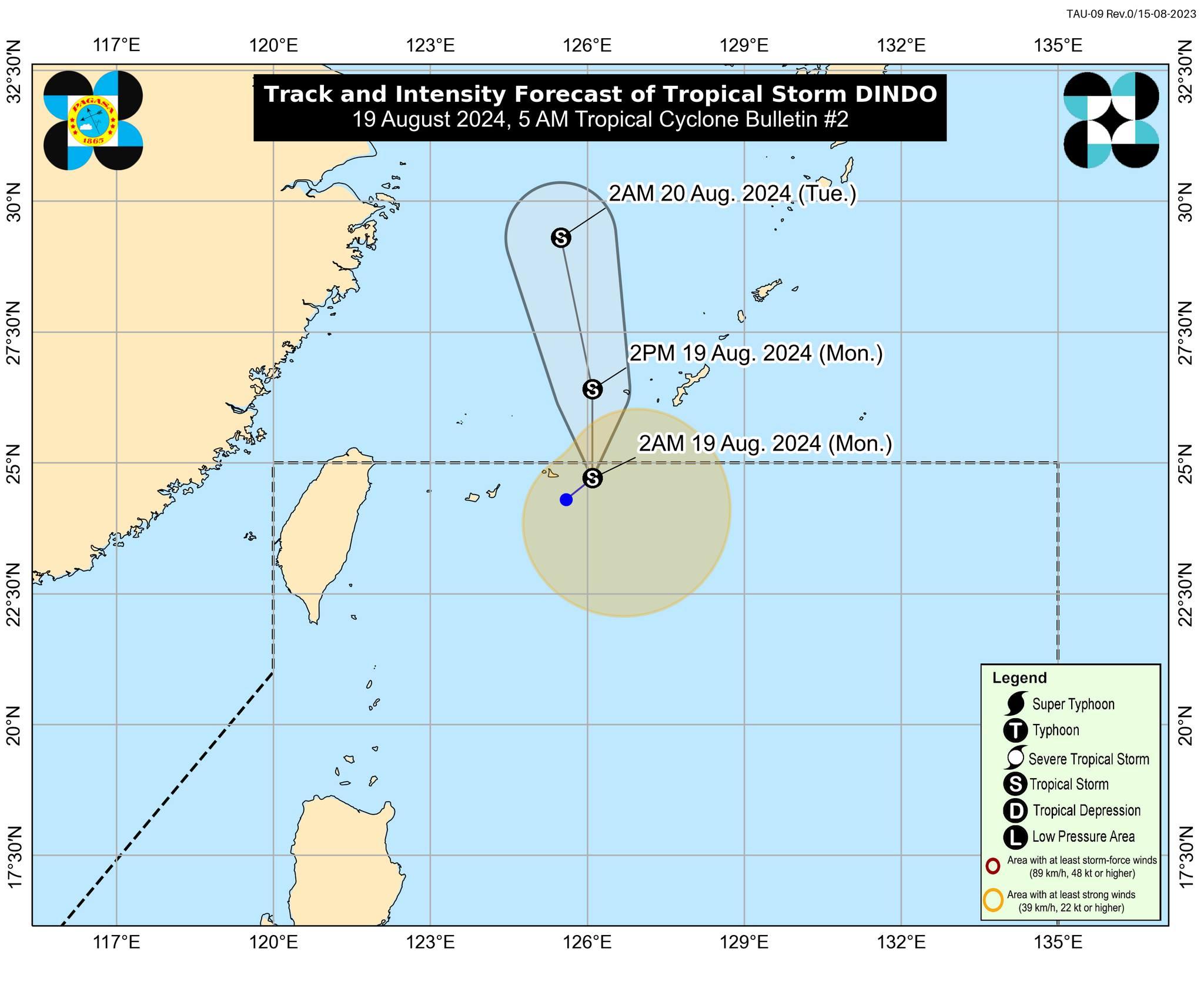台湾SWAG社区更多xxx台湾SWAG成人性爱视频点击观看,请点击下方免费观看

Early Monday morning, the Department of Environment and Natural Resources - Environmental Management Bureau (DENR - EMB) reported that air quality in certain areas of the National Capital Region (NCR) reached "very unhealthy" levels. Specifically, the air quality index (AQI) in Makati was 163, classified as "very unhealthy," while Pateros, Parañaque, and Caloocan had AQIs of 144, 133, and 116 respectively, categorized as "unhealthy for sensitive groups."
It's important to note that most of the air quality monitoring stations were not operational at the time of the report.
For reference, "very unhealthy" air quality corresponds to an AQI ranging from 151 to 200, indicating that individuals with heart or respiratory conditions, such as asthma, should remain indoors and limit physical exertion. Conversely, "unhealthy for sensitive groups" is defined by an AQI between 101 and 150, advising those with respiratory issues to minimize outdoor activities.
The AQI is a measure of air pollution concentrations, offering insight into air quality and its potential health impacts. In this instance, the DENR - EMB focused on monitoring Particulate Matter 2.5 (PM2.5), which are particles with diameters less than 2.5 micrometers. PM2.5 can penetrate deep into the lungs, potentially causing breathing difficulties, lung tissue damage, and exacerbating existing cardiovascular and respiratory conditions.
A "good" air quality level is indicated by an AQI between 0 and 50, signifying satisfactory air quality with minimal health risks from air pollution.
The Philippine Institute of Volcanology and Seismology (PHIVOLCS) observed volcanic emissions, known as vog, in the past 24 hours. Some areas in the NCR have decided to suspend classes or in-person learning due to the high levels of vog.
For those interested in exploring other topics, here are some additional resources:

 台湾SWAG
台湾SWAG










发表评论
发表评论: